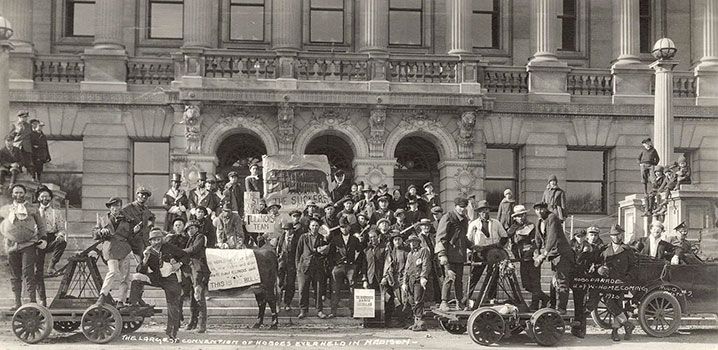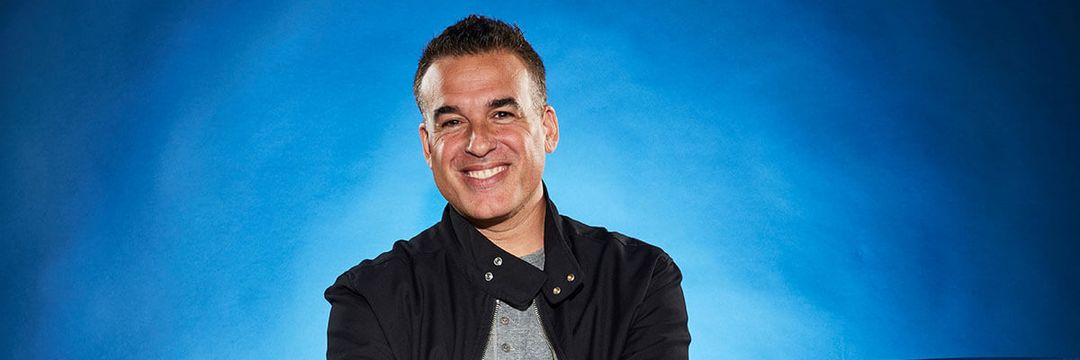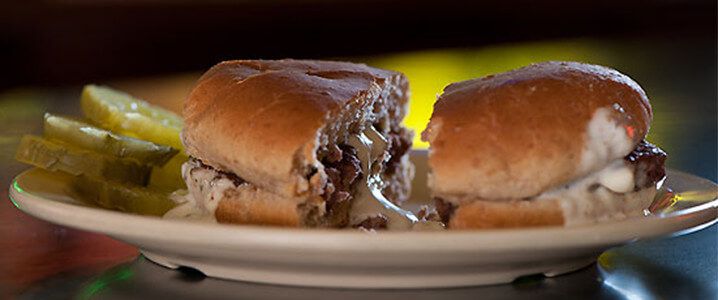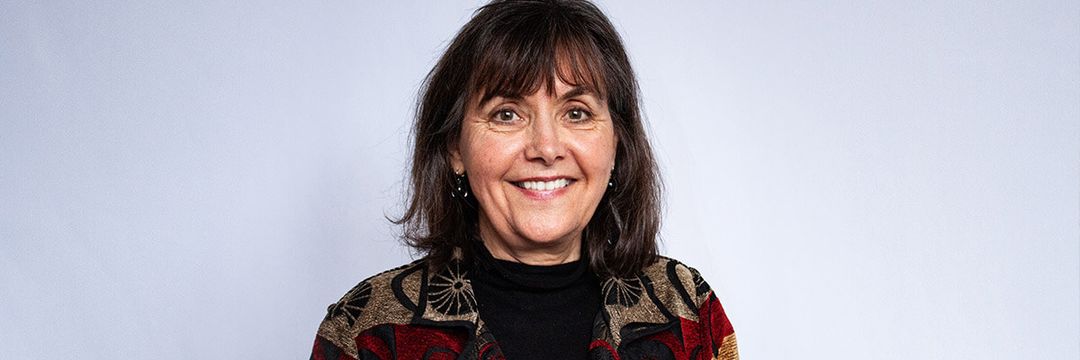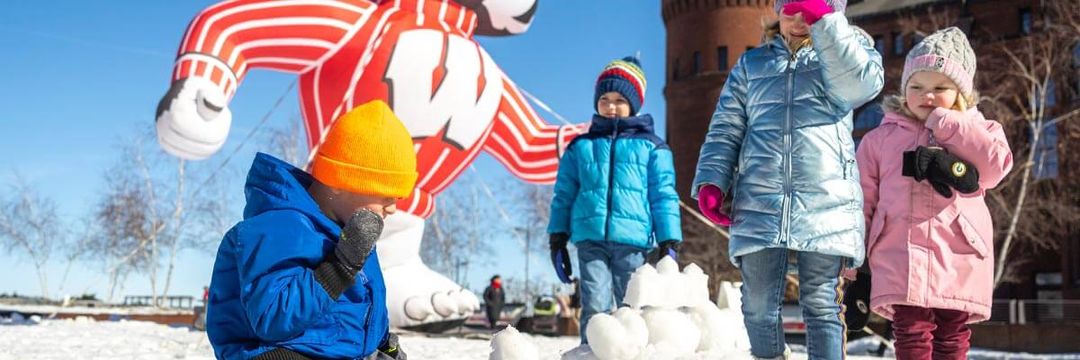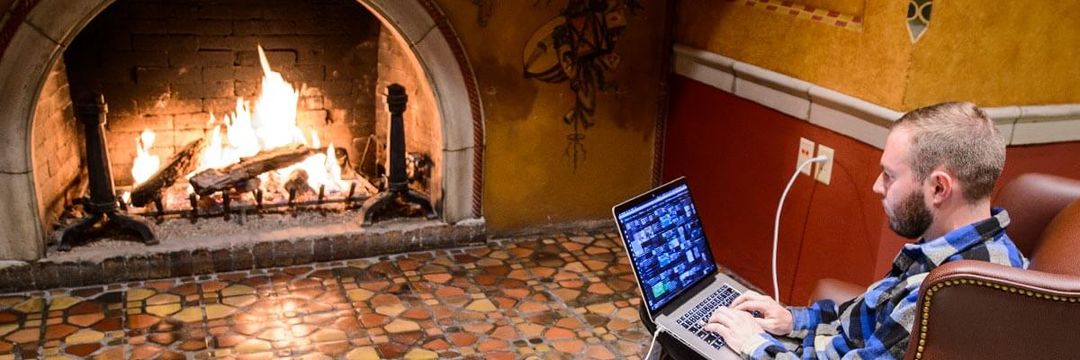Looking around the UW campus today, it’s apparent that current college students could learn a lesson or two from previous generations about appropriate dress for special occasions.
Perhaps a checklist is in order. Step one: pull on a pair of raggedy trousers with patched knees. Step two: don a newsboy cap or crumpled top hat, preferably threadbare. Step three: smear soot liberally across the cheeks and forehead for some extra razzle-dazzle.
There — a classic look!
For whatever reason, the practice of dressing up as a rail-riding migrant worker caught on during the early decades of the twentieth century, and “hobo parades” were especially popular at Midwest universities. Though it’s not entirely clear when the tradition reached the UW, the 1924 Homecoming program lists the fifth annual hobo parade, which would date the first in 1920. A note written on a 1920 Homecoming photo (above) claims that the “largest convention of hobos ever held in Madison” took place on the steps of the Wisconsin Historical Society. Participants held banjos, pipes, and signs taunting Illinois. There was also a bull wearing a banner that said, unconvincingly, “This is no bull!” Along with the convention, a hobo band also sprang up to participate in the Homecoming parade.The ragtag group was led by then-freshman Porter Butts ’24, MA’36, whose close involvement with Homecoming eventually helped him to become the first director of the Wisconsin Union.
In 1921, the UW’s vagrants went high tech. According to Wisconsin Engineer, Homecoming attendees “[took] part in an unusually well-staged Varsity Homecoming Hobo Parade.” The anonymous magazine writer credits the event’s success to the “able management” of engineering student Frank P. Hyers ’22.
Able manager or no, Hyers did oversee the parade’s expansion and shifted gears from goat- and donkey-carts to steam-powered vehicles that carried hobos along the route and past costume judges. Additionally, engineering and law students competed in a handcar race along State Street. The lawyers won.
Yearbooks include definitive references to hobo parades until 1926, when Grant Otis ’27, MS’32 appears to have served as the last official organizer. Though inconsistent records make it hard to say exactly when the tramps left campus, I’d bet a plug nickel that the onset of the Great Depression made punch lines about poverty a little less funny.
